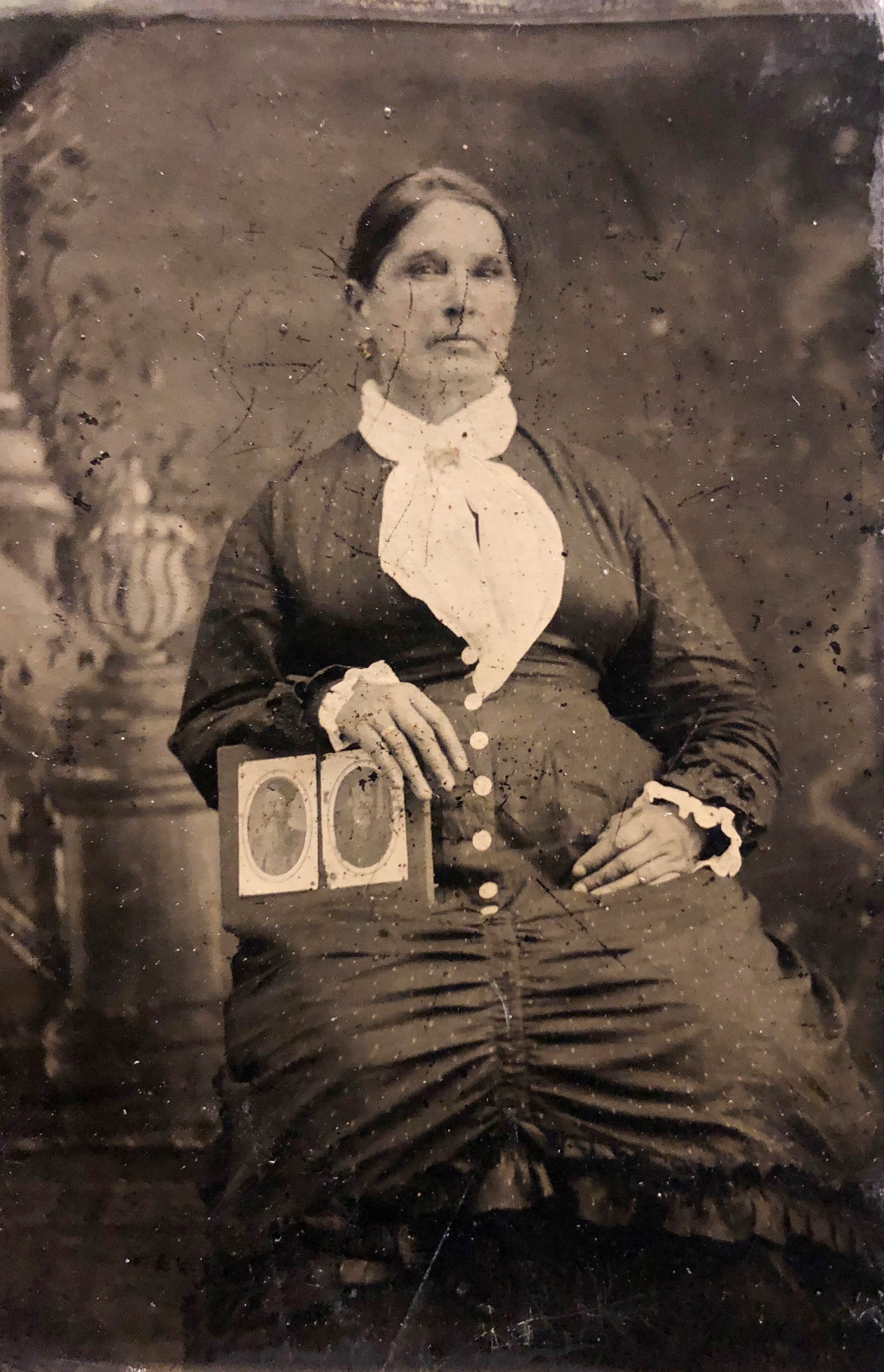
Nancy Quindaro Brown Guthrie was the daughter of Adam Brown, son of Wyandot Chief Adam Brown. Her name, Quindaro, in traditional Wyandot language refers to the leadership role of a first-born daughter. Meaning “a bundle of sticks”, Quindaro is often interpreted as "in union there is strength”. Nancy Quindaro was of the Big Turtle Clan of the Wyandot and the Turtle Clan of the Shawnee.
When the tribe was still living in Ohio, Nancy met Abelard Guthrie, a land agent, and he courted her despite strong disapproval from her father. Brown disliked Guthrie and their feud was so deep that Guthrie attempted to have Brown arrested when Brown shot at him. After the tribe moved to Kansas, Guthrie followed, married Nancy, and eventually aided the establishment of the town of Quindaro. The town that bore Nancy’s name was the first free port on the Missouri River, an Underground Railroad site and a temperance town. At the time of her marriage in 1844, she was said to be the most beautiful girl in the Wyandot Nation. William Walker, Jr., recorded in his journal that, “she was tall and of faultless form, a faithful wife, a devoted Christian mother.” Abelard and Nancy had four children: James, Abalura, Norsona, and Jacob.
After the Treaty of 1867, and despite her protestations, Nancy was declared a Citizen, or Absentee Wyandot. The Wyandot Tribal Rolls show that Nancy wished to retain her tribal status as well as the tribal status of her children. She tried unsuccessfully to regain her tribal status and move to Canada to live among her relatives there. She died at her home on Russell’s Creek in the Cherokee Country on April 13, 1886, and is buried in the cemetery at Chetopa, Kansas.